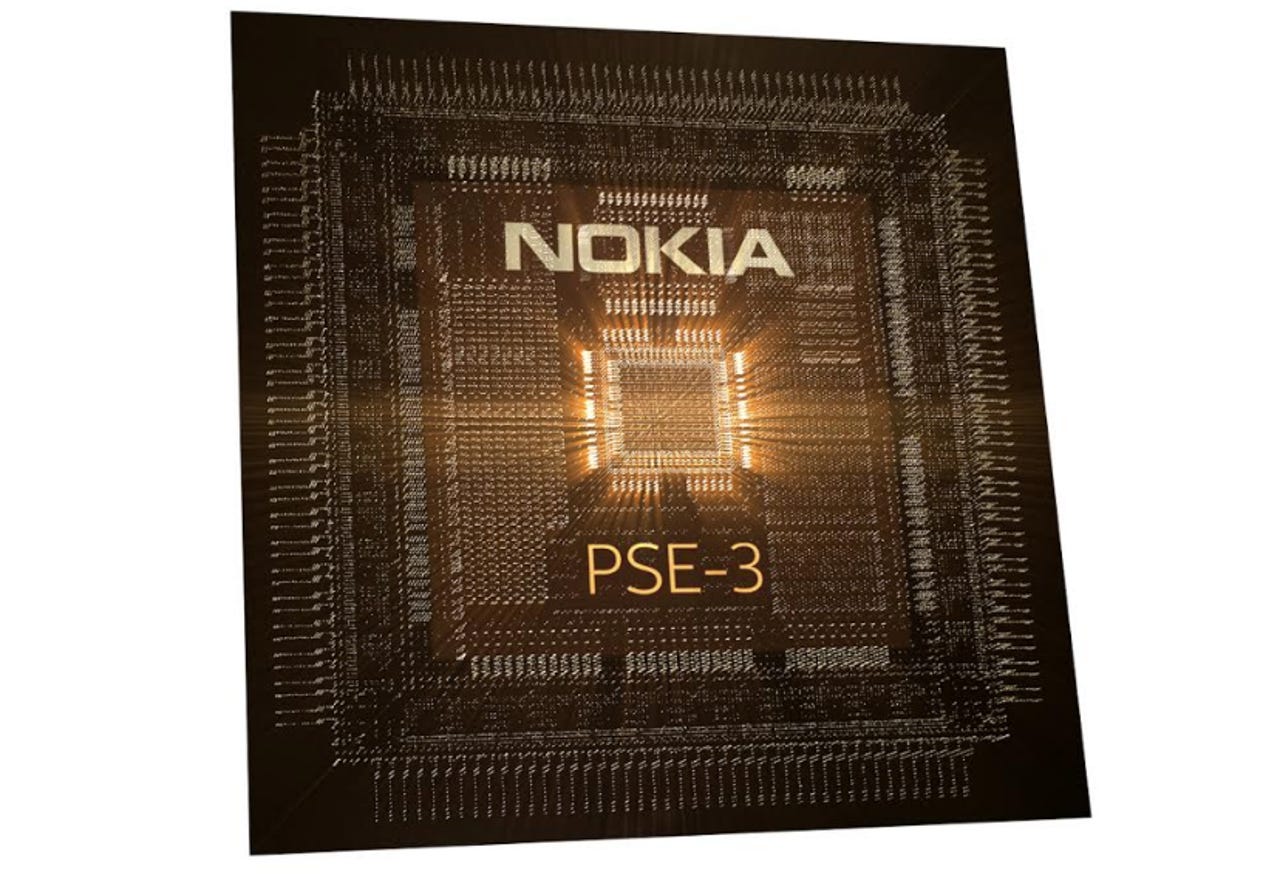Nokia updates its Photonic Service Engine chipset


Nokia is rolling out the next generation of its Photonic Service Engine optical chipset. Nokia said the PSE-3 processors are designed to meet surging traffic demands of video, cloud and 5G for webscale companies and communication service providers.
Featured
According to the mobile network vendor, the new chipset maximizes performance of currently deployed networks while also reducing power per bit by 60 percent. For webscale companies with existing optical networks, Nokia says the chipset will also increase returns on expensive fibers by recovering latent capacity.
"By introducing this extreme and yet remarkably simple programmability, our customers can now absolutely maximize the capacity of every link in their network, whether that's 100 km or 10,000 km," said Sam Bucci, head of optical networks for Nokia. "They will be able to keep their costs under control while handling the huge bandwidth demands that video, cloud, and soon 5G wireless will be throwing at them."
The PSE-3 is Nokia's second push this year to carve out its spot among chipset makers supporting 5G. Last month the company introduced its new 5G ReefShark chipset that Nokia says triples capacity to 84Gbps, up from current chipsets' top speed of 28Gbps.
Nokia's push comes at a time when carriers are ramping up 5G plans. AT&T plans to be one of the first US carriers to roll-out 5G, aiming to reach 12 markets by the end of 2018.
Meanwhile, it's also been reported that the Trump administration is considering setting standards for a secure, centralized, and nationalized 5G network to support its military capabilities and build resilience to threats from China.
PREVIOUS AND RELATED COVERAGE
Nokia partners with AWS on cloud migration, 5G and IoT strategies
Nokia and AWS will collaborate across the development of 5G and IoT strategies, while also working to accelerate and improve enterprise migration to cloud and use of SD-WAN services.
Alleged Trump administration docs show military weapons a 5G concern
Saying China is poised to become the global leader in 5G and AI, the US government has suggested mandating 5G standards to protect its physical and virtual borders, as well as working with allies to deploy 5G in developing nations, according to documents Axios reported as being prepared by a senior US government official.
The 5G revolution is here: What business needs to know (TechRepublic)
TechRepublic's Conner Forrest explains three things IT pros need to know about 5G, next-gen high-speed wireless tech.
Not just speed: 7 incredible things you can do with 5G (CNET)
The next generation of wireless tech is more than just a boost for your phone. Think self-driving cars, telemedicine and VR reaching their true potential.